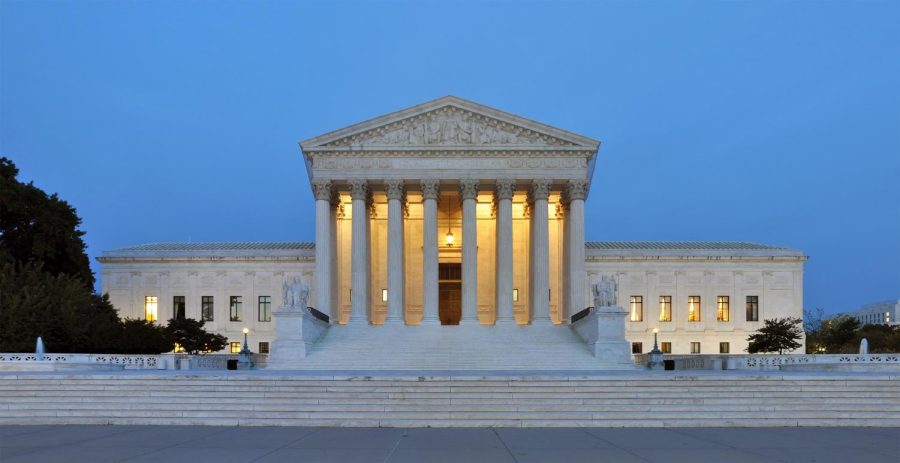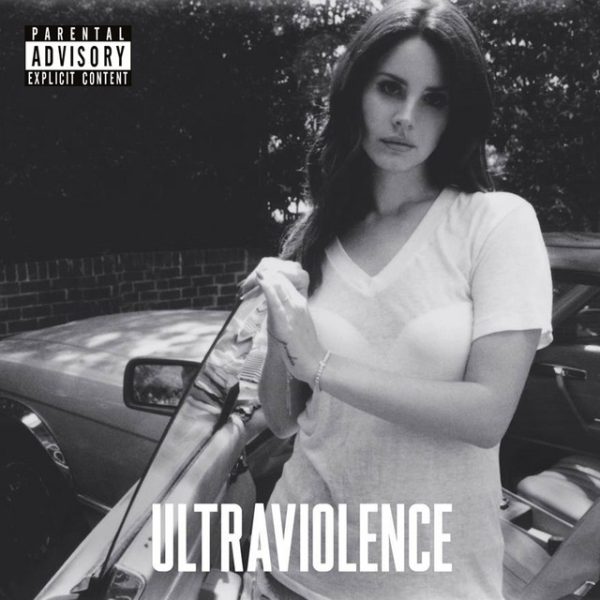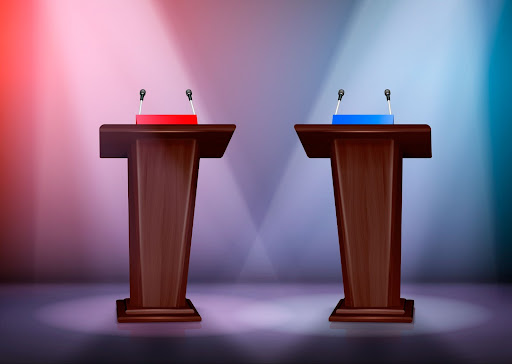Debunking Myths About The First Amendment
Almost no one understands the 1st Amendment and it’s infuriating. The number of times I’ve been bombarded with the most painfully bad free speech takes has been astounding. This isn’t a partisan issue, mind you; both sides of the political aisle have an awful understanding of what is quite possibly the most important part of the Bill of Rights. I’ve seen people perform Olympic-grade mental gymnastics to justify some of the dumbest and most absurd 1st Amendment takes.
The 1st Amendment states: “Congress shall make no law respecting an establishment of religion, or prohibiting the free exercise thereof; or abridging the freedom of speech, or of the press; or the right of the people peaceably to assemble, and to petition the Government for a redress of grievances.”
“You can’t yell fire in a crowded theatre.”
Yes, you can yell fire in a crowded theatre (kind of). This is the most commonly cited analogy when people try to justify limits to the 1st Amendment but pretty much everyone who cites this argument does not understand the context of it in the slightest.
It originated from Supreme Court Justice Oliver Wendell Holmes in the opinion for the case, Schenck v. United States. In this case, Charles Schenck distributed leaflets opposing the World War I draft, which encouraged people to peacefully resist it and said that it was a violation of the 13th Amendment. He was later arrested and convicted under the espionage act. In the Court’s opinion, Holmes created the analogy of a fire in a crowded theatre to justify that speech that was meant to cause panic or lead to imminent danger was not constitutionally protected.
He wrote: “The most stringent protection of free speech would not protect a man falsely shouting fire in a theatre and causing a panic … The question in every case is whether the words used are used in such circumstances and are of such a nature as to create a clear and present danger that they will bring about the substantive evils that Congress has a right to prevent.”
The problem with this reasoning was that Schenck was not inciting panic or putting anyone in danger with his speech. He was simply dissenting from the draft. Even Holmes knew this was bad reasoning that could be abused out of the wazoo because less than a year later in the case, Abrams v United States, he dissented from the majority opinion essentially saying that people have a right to dissent from the government and oppose its interests so long as it doesn’t lead to imminent lawless action.
The precedent from Schenck was overruled 50 years later in the case Brandenburg v Ohio, where the court made a two-pronged test to determine the unconstitutionality of speech. The first is: speech is not protected if it’s “directed at inciting or producing imminent lawless action,” and the second is if it’s “likely to incite or produce such action.”
So yes, you can yell “FIRE” in a crowded theatre so long as you aren’t saying it to cause lawless action.
“You can’t burn the American flag.”
Sorry, Donald Trump, you can, in fact, legally burn an American flag.
If you aren’t in the know, Trump, during the 2020 election, advocated for giving people 1-year sentences in prison for burning the American flag, and let’s just say from a legal perspective, that proposal is the dumbest thing ever conceived.
Just from a common sense perspective, it’s a violation of freedom of speech and expression but it seems even people today think it’s ok to throw people in jail for disrespecting dear old Uncle Sam. In 1989, Congress passed the Flag Protection Act, which essentially prohibited desecrating the flag, which led to numerous prosecutions.
In the case United States v. Eichman, the court struck down the legislation stating that it is a violation of the 1st Amendment. So Trump couldn’t have passed a law like that even if he wanted to.
So go burn as many American flags as you want because you won’t be charged for sedition if you do!
Freedom of speech ≠ freedom from consequences
One of the biggest 1st Amendment misconceptions that you will see all the time is when people say they have a right to free speech in the workplace or on social media platforms like Twitter or Facebook. While, yes, some employees have limited 1st Amendment protections, they are relatively minimal.
If you are working for a private company, you do have a right to free speech and expression but that also doesn’t shield you from the consequences of that speech. You have a right to shout racial slurs at the workplace, but that workplace also has the right to fire you for being a racist.
In the first five words, the 1st Amendment states “Congress shall make no law.” It has no bearing on private employers and companies. Also, note that the 14th Amendment extended the Bill of Rights to the states, so state governments have to abide by constitutionally protected rights too.
In that same vein, you also don’t have a right to free speech on private property. If a space museum doesn’t want you going around telling everyone the moon landing was fake, they have the right to kick you out because they are not a government entity. You have the freedom of speech, but you don’t have freedom from the consequences of that speech.
The only exceptions are if you are a government employee, but even under those circumstances you have that right to free speech only when you are acting as a private citizen. So if you went to a press conference and said that your boss was a jagweed, you can still be fired no matter how funny that would be to watch.
This same logic also applies to social media platforms. No matter how much Elon Musk and other conservatives have yelled that social media platforms violate freedom of speech rights, they have no constitutional duty to uphold those rights. These are private companies and they have absolutely no obligation to platform someone that they think is problematic.
“You leave your Constitutional rights behind at the school door.”
Contrary to popular belief, students don’t actually void their constitutional rights when they go to school.
In the case, Tinker v Des Moines, the Court ruled that there is some level of constitutional protection for students so long as they do not “materially and substantially interfere” with the school’s functions. A group of students planned to wear armbands to support a truce in the Vietnam War. When their school found out about the plan, they created a policy that banned armbands, and students wearing them were sent home.
In this case, their actions were not “materially and substantially” interfering with the school’s functions, the school was acting in fear of a potential disruption. So yes, you actually do have limited constitutional and 1st Amendment rights at school.
There is an exception, however. Private school students do actually leave their 1st Amendment rights at the door because they are private institutions so they do not have to abide by the Constitution.
“Hate speech isn’t free speech.”
Sorry, but as appalling and morally reprehensible as it is, hate speech is free speech in the US. Numerous cases have ruled that hate speech is constitutionally protected, including Snyder v. Phelps and Village of Skokie v. National Socialist Party of America.
This misconception largely comes from laws in the European Union that have banned hate speech, but in terms of American law, it is constitutionally protected. This idea that hate speech isn’t protected even has people like New York Governor, Kathy Hochul, advocating for hate speech bans but just like you can yell fire in a theatre, you can say hate speech legally.
As I said though, you are not free from the consequences of that hate speech, and people are absolutely in their rights to fire or shun you. Just because something is legal though does not mean it’s moral however so if you took to the streets to advocate for restricting people’s rights, you are still a jerk and a bigot.









